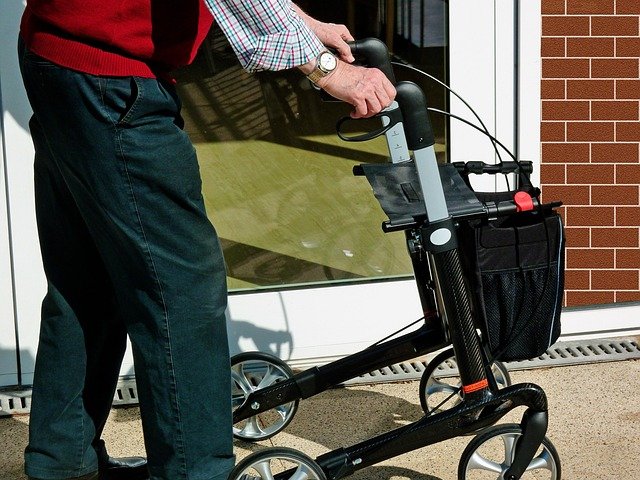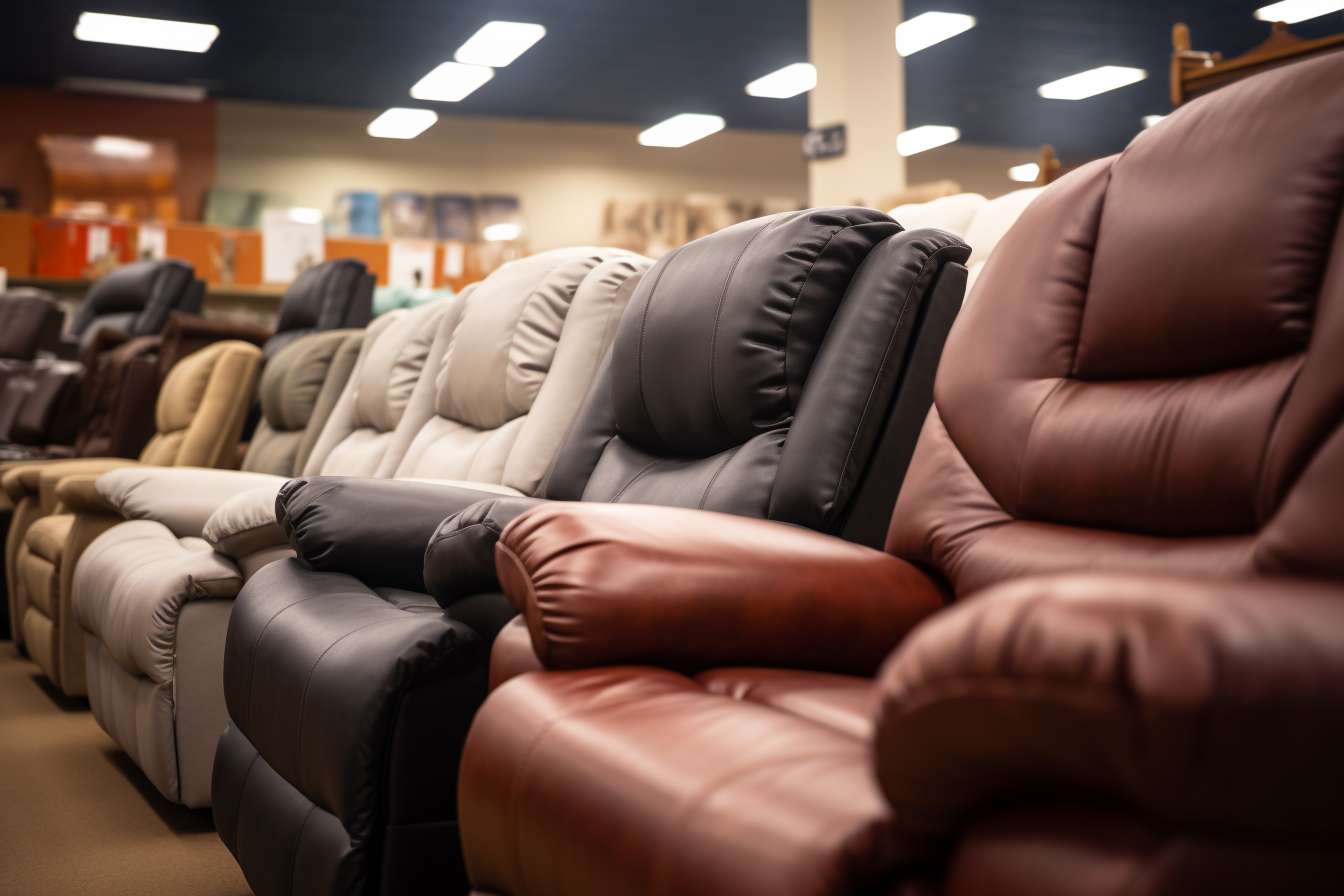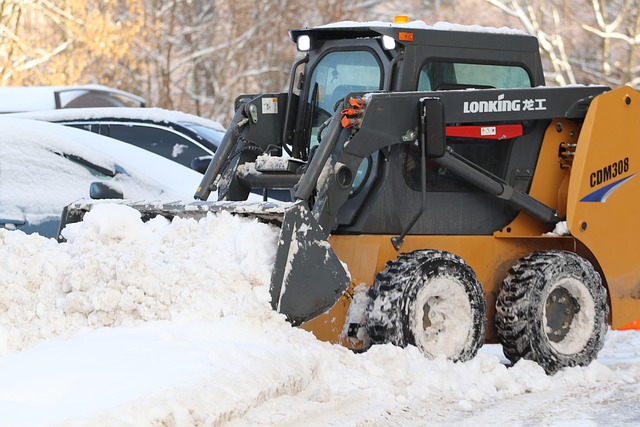Choose the right walker and put safety in your hands
Walking aids serve as essential tools for millions of seniors who want to maintain their independence while ensuring their safety. A walker provides stability, support, and confidence for those experiencing balance issues, muscle weakness, or recovery from injury. Understanding the different options available and selecting the appropriate mobility aid can significantly impact your daily activities and overall quality of life. Making an informed decision requires careful consideration of your specific needs, physical capabilities, and lifestyle requirements.

What is a Walker and How Does it Work?
A walker is a mobility device designed to provide support and stability while walking. It typically consists of a lightweight frame with four legs that create a stable base around the user. Most walkers feature rubber tips or wheels on the bottom to prevent slipping and allow for smooth movement across various surfaces. The basic design allows users to lean on the frame for support while maintaining their natural walking posture. Modern walkers often include additional features such as padded hand grips, adjustable height settings, and storage compartments to enhance comfort and functionality.
Types of Mobility Aids and Their Characteristics
Standard walkers represent the most basic option, featuring a simple four-legged frame without wheels. Users must lift the entire walker with each step, making them ideal for those who need maximum stability but have sufficient upper body strength. Two-wheeled walkers, also known as front-wheeled walkers, have wheels on the front legs and rubber tips on the back legs. This design allows for easier forward movement while maintaining rear stability through the stationary back legs.
Four-wheeled walkers, commonly called rollators, feature wheels on all four legs and typically include hand brakes and a built-in seat. These models offer the greatest mobility and are suitable for users who can walk longer distances but need occasional rest. Knee walkers provide an alternative for individuals with foot or ankle injuries, allowing them to rest their injured leg on a padded platform while propelling themselves with their healthy leg.
Factors to Consider When Choosing a Walker
Height adjustment capabilities rank among the most critical factors when selecting a walker. The device should allow your arms to bend at a comfortable 15 to 20-degree angle when gripping the handles. Your healthcare provider can help determine the proper height settings to prevent strain on your back, shoulders, and wrists. Weight capacity represents another essential consideration, as walkers have specific limits ranging from 250 to 400 pounds depending on the model.
Consider your living environment and typical walking surfaces when making your selection. Standard walkers work well on smooth, indoor surfaces but may prove challenging on uneven outdoor terrain. Rollators handle various surfaces more effectively but require good hand coordination to operate the braking system safely. Storage and portability needs also matter, especially if you plan to transport the walker in a vehicle or navigate tight spaces in your home.
Precautions for Using a Walker Safely
Proper walker technique ensures maximum safety and effectiveness. Always step into the walker rather than stepping behind it, keeping the device close to your body for optimal support. When using a standard walker, move the walker forward first, then step with your weaker leg, followed by your stronger leg. Maintain good posture by standing upright and avoiding the temptation to lean too heavily on the walker, which can cause back strain and reduce stability.
Regular maintenance helps prevent accidents and extends the life of your mobility aid. Check rubber tips frequently for wear and replace them when they become smooth or cracked. Ensure all bolts and connections remain tight, and clean the walker regularly to prevent buildup of dirt or debris that could affect its function. When using a rollator, test the brakes regularly and adjust them as needed to ensure proper stopping power.
Walker prices vary significantly based on features and quality, with basic models starting around $30 to $60 for standard walkers. Two-wheeled walkers typically range from $40 to $80, while four-wheeled rollators cost between $80 and $300. Premium models with advanced features such as larger wheels, better braking systems, and additional accessories can exceed $400.
| Walker Type | Price Range | Key Features | Best For |
|---|---|---|---|
| Standard Walker | $30 - $60 | Basic four-leg frame, adjustable height | Maximum stability needs |
| Two-Wheeled Walker | $40 - $80 | Front wheels, rear tips, moderate mobility | Balance between stability and mobility |
| Four-Wheeled Rollator | $80 - $300 | All wheels, brakes, seat, storage | Active users, longer distances |
| Knee Walker | $100 - $200 | Padded knee rest, steerable | Foot/ankle injury recovery |
Prices, rates, or cost estimates mentioned in this article are based on the latest available information but may change over time. Independent research is advised before making financial decisions.
The right walker can transform your daily experience by providing the confidence and security needed to maintain an active lifestyle. Take time to evaluate your specific needs, consult with healthcare professionals, and test different options before making your final decision. Remember that your mobility needs may change over time, so choosing a versatile option that can adapt to your evolving requirements often proves most beneficial in the long run.
This article is for informational purposes only and should not be considered medical advice. Please consult a qualified healthcare professional for personalized guidance and treatment.




